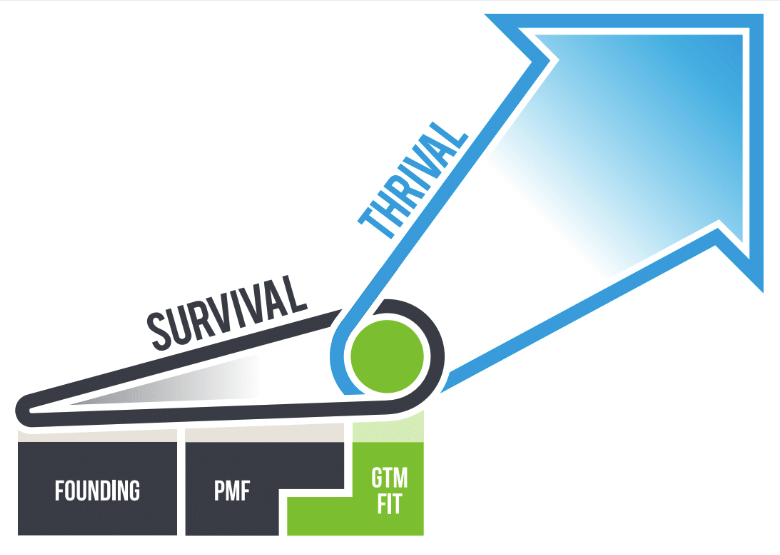
Go To Market Channels in Europe Vs America: What you need to know as a startup

- European channel partners don’t work in the same way as American ones.
- European channels expect to get into your business more deeply, American channels are more transactional.
- American startups going to market in Europe need to think hard about how to motivate channels to become a vendor.
In our latest Survival to Thrival podcast episode, we discussed the differences for enterprise startups in going to market in America and Europe.
We spoke with an experienced voice in this field, Christof Baumgartner, who spent 10 years at MobileIron, running the EMEA sales team for five years and a year as global Chief Revenue Officer, until the company’s acquisition last year. He paved the way for MobileIron to go to market in Europe in 2010.
This blog is an edited excerpt of our conversation, in which Christof highlights the surprise differences between the role of channel partners in Europe and America.
For the full podcast episode, you can listen here!
Bob:
When I was CEO of MobileIron and we started to go to market in Europe, we had channels which worked well in the US, but I soon realised a channel in Europe is not the same thing as a channel in the US. I had to unlearn my perceptions quickly!
What I learned was that sales channels in Europe are more trusted by the customer. The channels are heavily involved in the sale. In the US, channels are more transactional. They are like order-takers. In Europe, your sales channels are an extension of your sales organisation. They are higher-level relationships and more sophisticated in their ability to offer solutions.
It took me a little while to figure that out, but I think that comes from the fact that European countries have had to be more independent as sales organisations, so the channels have evolved to support themselves. As a result, the customers rely on those channels in very different ways.
So, if you’re a US company thinking, hey, I got to find some channels in Europe, don’t presume that channels in the US will act seamlessly for you as they do in Europe.
Christof:
You asked me once if I had any ‘unlearning moments’. Well, when I switched my role from EMEA-only to the global CRO role, I also had that assumption – that channels with the enablement status in the US would be the same in Europe and their motivation would be the same as well. But I learned that the status quo was very different and developing channels in Europe needed more work. It’s not like I could approach a channel partner and say, ‘Hello, I’m the new vendor, now sell my stuff.’

GTM Fit
Bob:
It’s interesting that, usually in the US, you can’t get the channels to pay attention to you until you’re a big company. Conversely in Europe, when you’re a small company, you can get the channels to pay attention to you more, and they are super helpful.
So, I’d like to ask, if you’re a new company going to market in Europe and you hire two people – say you stick one in Germany and one in the UK, how do you get that initial flywheel going?
Christof:
First, you need to sell the idea of working with you as a new vendor to the channel. That doesn’t mean saying: “Hey, we have a product that solves your customers’ needs and you’re the one who can sell it.” That is not motivating enough.
Instead, you should present a business plan to potential channel partners which shows that they can build a business around your product, or on top of your product. We went to several channel partners and told them that not only do we have a product that solves the customer’s needs and there is a lot of demand for what we do. We also have leads that we can work on together and there are some leads that we can give to you after you have been trained on our product, so you can build your own business model around that. Then we said, that’s only half the story because when you sell $1 of MobileIron licence, there is an opportunity to generate $3 or more in other service revenues. Back then we had on-premise solutions so, for example, there might be an installation service that they could charge for.
Bob:
How does that translate to the cloud world? Customers today are generally buying cloud services and typically there are not that many on-premise solutions.
Christof:
It’s just different services but the selling principle is the same. Enterprise cloud solutions are still not completely self-service. Consulting services or implementation, even for cloud applications, are still relevant. Obviously, it will be a different model to propose, but the key is to find a model that is motivating for potential channel partners so they want to continue working with you as a vendor and sell different products.
If you found this useful, we hope you find this post equally helpful on how to transition from SVP Sales to CRO.